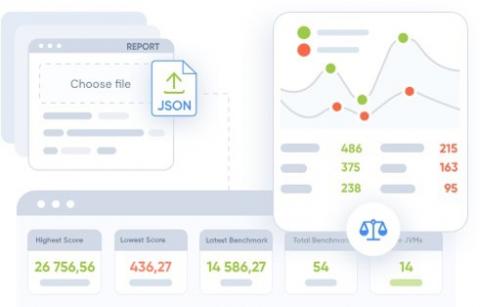Why devops needs a better approach to cloud networking
A full-stack networking platform with machine learning, autonomous capabilities, and multicloud support allows devops engineers to focus on what matters most—building applications. The promise of digital transformation is enabling businesses to magnify competitive advantages, create new revenue streams, and improve customer experiences.




